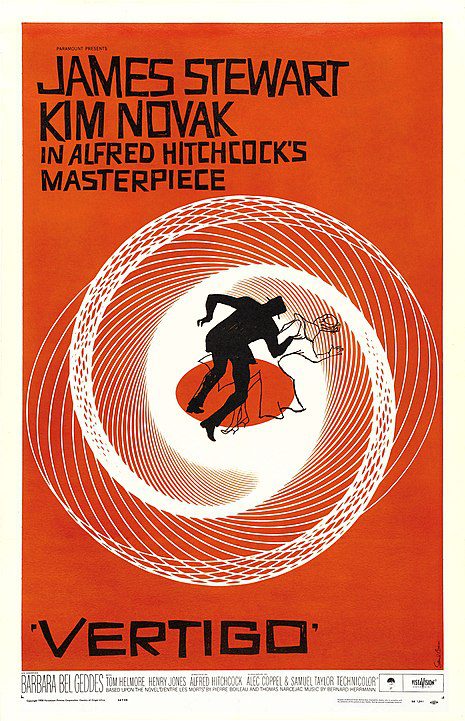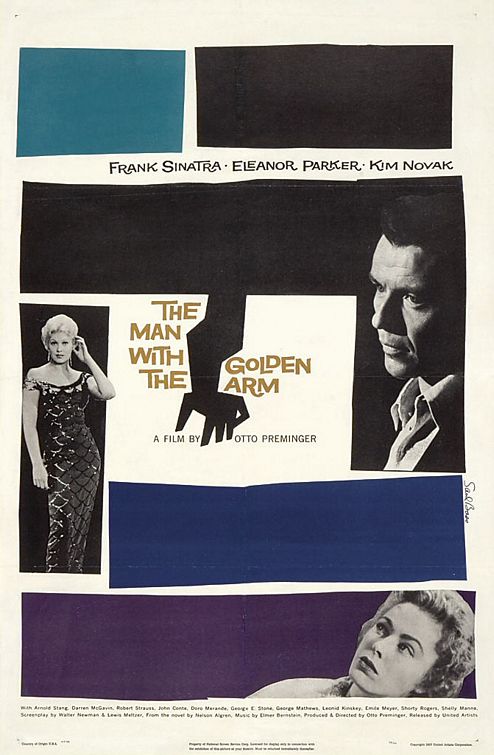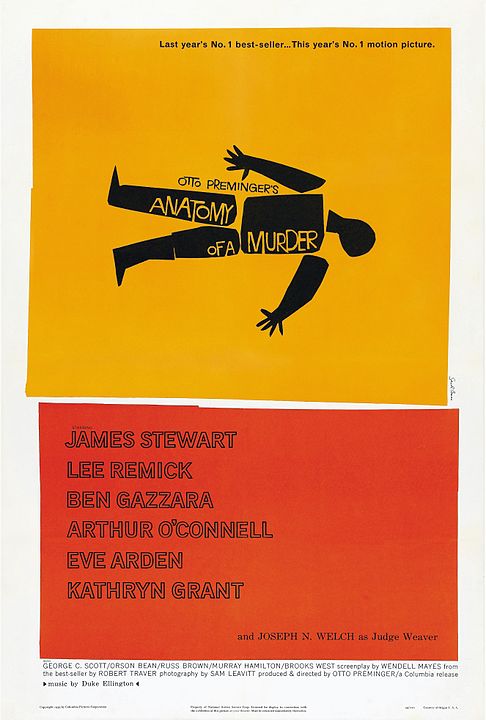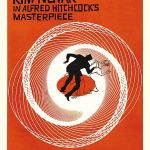
Saul Bass, born on May 8, 1920, in the Bronx, New York, stands as a trailblazing figure in the world of graphic design and filmmaking. His prolific career, spanning several decades, left an indelible mark on visual storytelling and brand identity.
Early Creative Impulses
Bass’ early years were marked by a fascination with art and design. Growing up in a multicultural neighborhood, he absorbed the diverse visual influences that would later shape his iconic style. After studying at the Art Students League in New York and later at Brooklyn College, Bass embarked on his creative journey, driven by an insatiable curiosity and a desire to push the boundaries of conventional design.
His breakthrough came in the 1950s when he established his own design firm. It was during this period that he began crafting innovative title sequences for films, introducing a dynamic and visually striking approach to cinematic storytelling. His collaboration with filmmaker Otto Preminger on “The Man with the Golden Arm” (1955) marked the beginning of a revolution in film title design.
Revolutionizing Film Titles
Saul Bass revolutionized the art of film titles, transforming them from mere functional credits to integral components of the cinematic experience. His minimalist and impactful designs became synonymous with the work of acclaimed directors, including Alfred Hitchcock, Stanley Kubrick, and Martin Scorsese.

Bass’ iconic sequences for films such as “Psycho” (1960), with its slashing lines evoking a sense of tension, and “Vertigo” (1958), characterized by spiraling, disorienting imagery, became cultural touchstones. His ability to distill the essence of a film into a visual language set a new standard for the industry, earning him widespread acclaim and numerous accolades.
Corporate Branding Revolution
Beyond the realm of film, Bass extended his influence to corporate branding, leaving an indelible mark on some of the most recognizable logos of the 20th century. His collaboration with companies like AT&T, United Airlines, and Quaker Oats resulted in timeless and memorable brand identities. The simplicity and clarity of his designs conveyed complex messages with remarkable efficiency, underscoring his belief that good design should be both functional and aesthetically powerful.

Bass’ work in corporate branding reflected his deep understanding of the psychological impact of visual elements. His logos transcended mere symbols; they became visual narratives that communicated the essence of each brand. This pioneering approach to corporate design set the stage for the modern emphasis on cohesive brand identity and the strategic use of visual elements in marketing.
Humanitarian Design and Later Years
As Bass continued to shape the visual landscape, he also turned his attention to humanitarian causes. In the 1970s, he collaborated with his wife, Elaine, on projects that aimed to raise awareness about social and environmental issues. Their work included impactful campaigns for the United Way and the Girl Scouts of America, demonstrating the potential of design to convey powerful messages and inspire positive change.
In his later years, Bass continued to influence the design world through teaching and mentorship. His commitment to education and nurturing emerging talent solidified his legacy as not just a designer but also as a visionary who sought to pass on his knowledge and passion to future generations.

Saul Bass passed away on April 25, 1996, leaving behind a legacy that transcends disciplines. His innovative approach to design, whether in film titles, corporate branding, or humanitarian projects, continues to resonate and inspire designers around the world. Saul Bass remains an enduring symbol of the transformative power of visual communication and the lasting impact one creative mind can have on the way we perceive and interact with the world.




